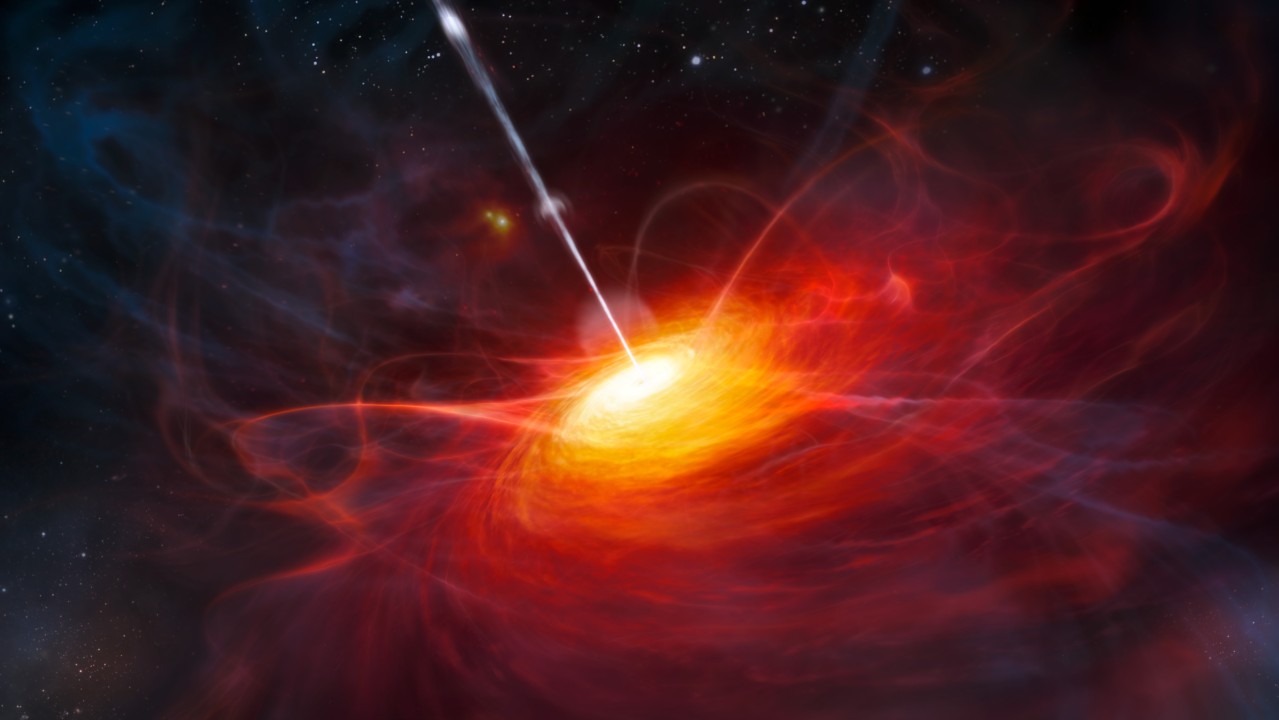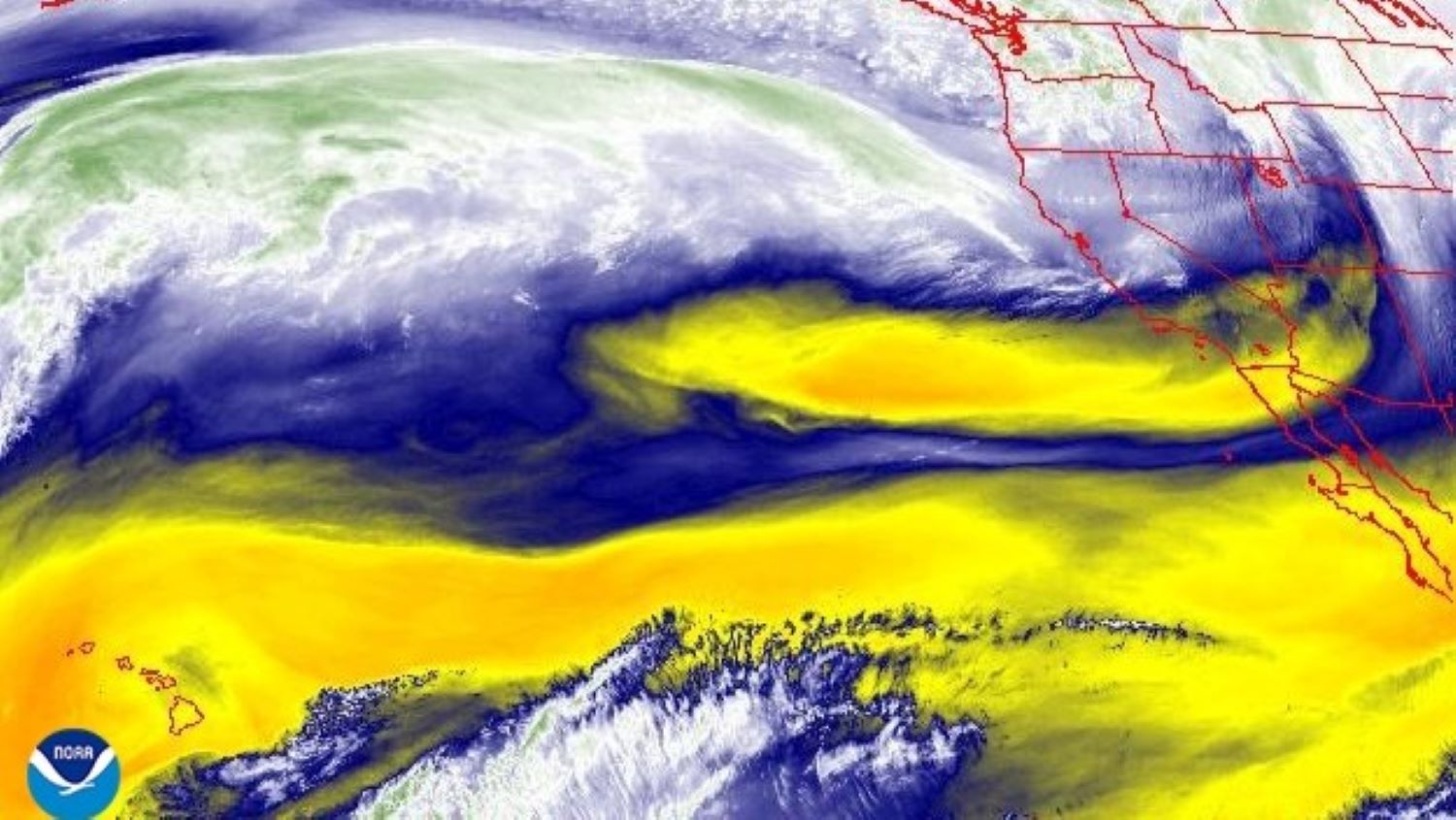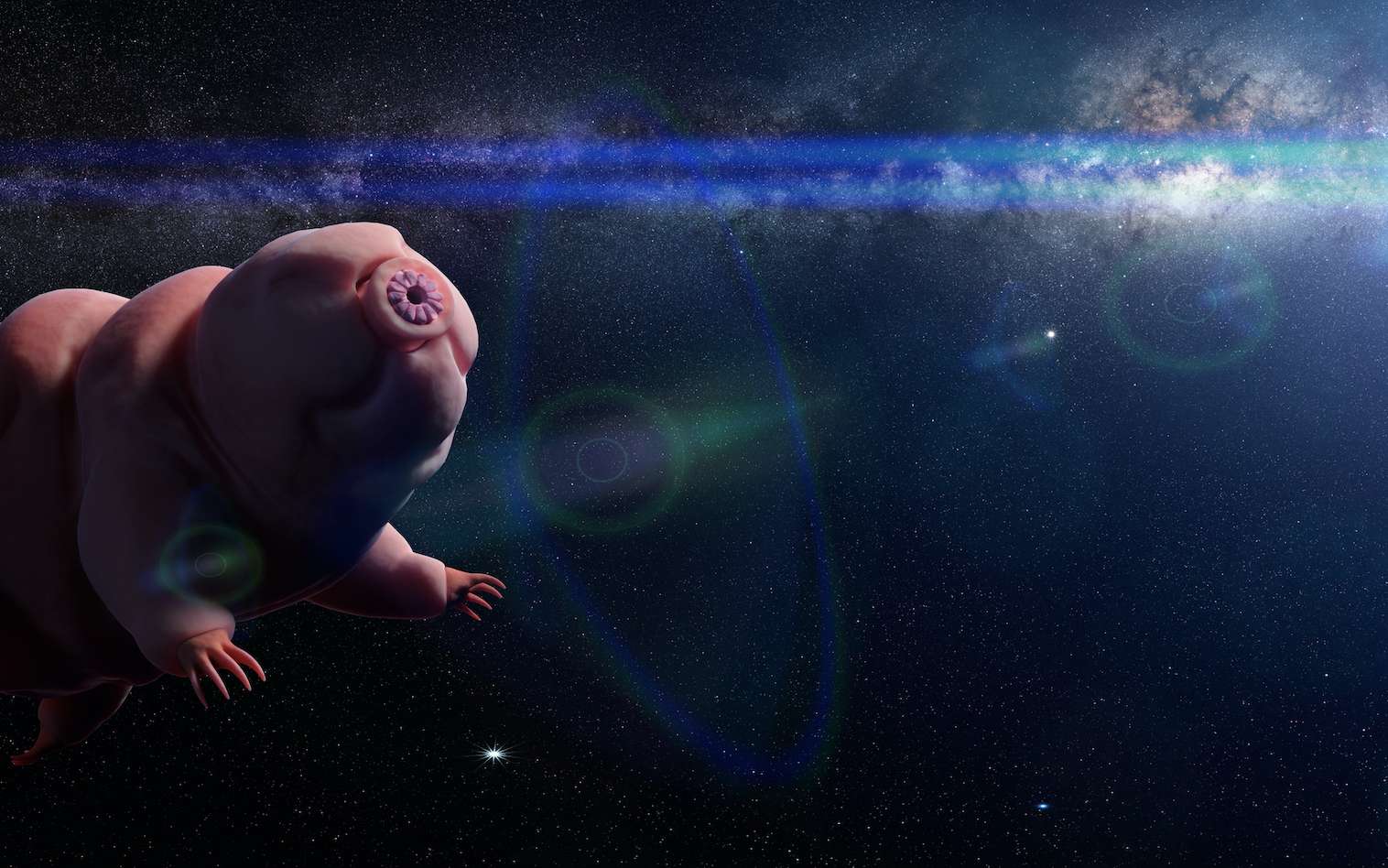Astronomers have discovered a third moon orbiting the main-belt asteroid (130) Elektra, making it the first quadruple asteroid ever found.
This image, taken by the SPHERE/IFS instrument on ESO’s Very Large Telescope in 2016, shows three satellites (S1 in red circle, S2 in green, and S3 in blue) of the main-belt asteroid (130) Elektra. Image credit: Berdeu et al., doi: 10.1051/0004-6361/202142623.
First discovered on February 17, 1873 by Litchfield Observatory astronomer Christian Peters, (130) Elektra is a large main-belt asteroid.
It has an effective diameter of 199 km (124 miles) and an estimated mass of 7*1018 kg.
Its first moon was discovered in 2003 by a team of astronomers led by Dr. William Merline using the Keck II telescope at the Mauna Kea Observatory.
Designated as S/2003 (130) 1 or S1, it has a diameter of 6 km (3.7 miles) and orbits 1,300 km (810 miles) from the parent asteroid with a period of 5.3 days.
Elektra’s second moon, S/2014 (130) 1 or S2, was discovered on December 6, 2014 by a research team led by Dr. Bin Yang using the SPHERE facility on ESO’s Very Large Telescope.
It has a diameter of about 2 km (1.2 miles) and orbits Elektra once every 1.2 days at a distance of 500 km (310 miles).
“We discovered a new satellite, S/2014 (130) 2 or S3, orbiting Elektra, making it the third satellite in this system,” said Dr. Anthony Berdeu from the National Astronomical Research Institute of Thailand and Chulalongkorn University and his colleagues.
Using a new data reduction technique and a dedicated algorithm, the authors analyzed archival 2014 data from the SPHERE/IFS instrument and modeled the asteroid’s halo.
“Angularly speaking, the two already known moons around Elektra revolve very closely to the asteroid and S2 is nearly buried in its halo,” they explained.
“The detection of an even fainter and closer moon implies a careful estimate and removal of this halo.”
They found that the S3 moon has an orbital period of 0.679 days and an diameter of 1.6 km (one mile).
“It revolves inside the orbit of S2 with a semi-major axis of 344 km (214 miles) and an orbital period of 0.679 days around the primary,” the astronomers said.
“A lot of uncertainties remain concerning the orbit of S3,” they added.
“More data on S2 and S3, as well as a more thorough dynamical study are necessary to solve the problem of the motion of the satellites of Elektra.”
“However, the discovery of the first quadruple asteroid system slightly opens the way for understanding the mechanisms of the formation of these satellites.”
The team’s paper was published on February 8, 2022 in the journal Astronomy & Astrophysics.
_____
Anthony Berdeu et al. 2022. First observation of a quadruple asteroid. Detection of a third moon around (130) Elektra with SPHERE/IFS. A&A 658, L4; doi: 10.1051/0004-6361/202142623
Note: This article have been indexed to our site. We do not claim legitimacy, ownership or copyright of any of the content above. To see the article at original source Click Here












